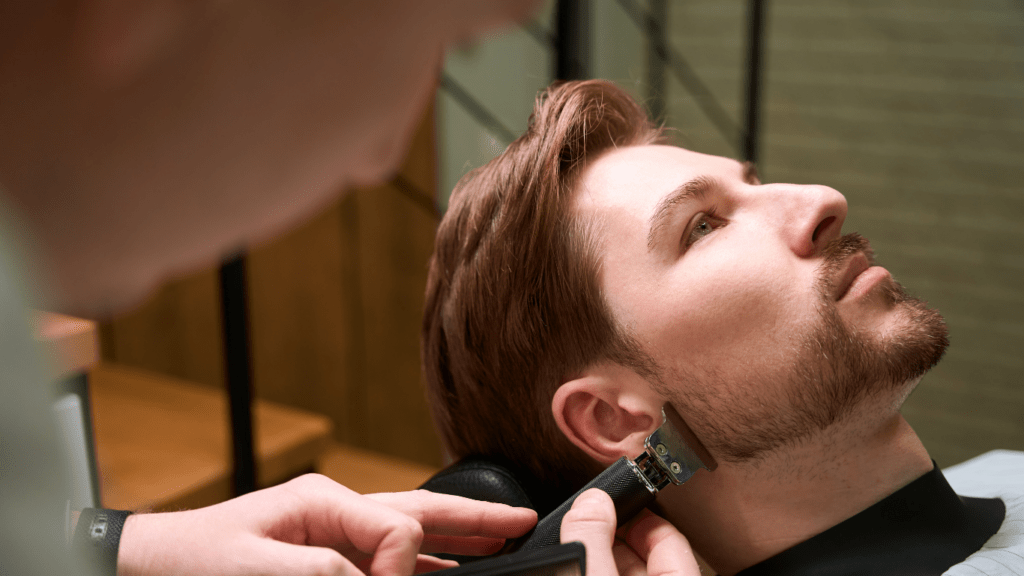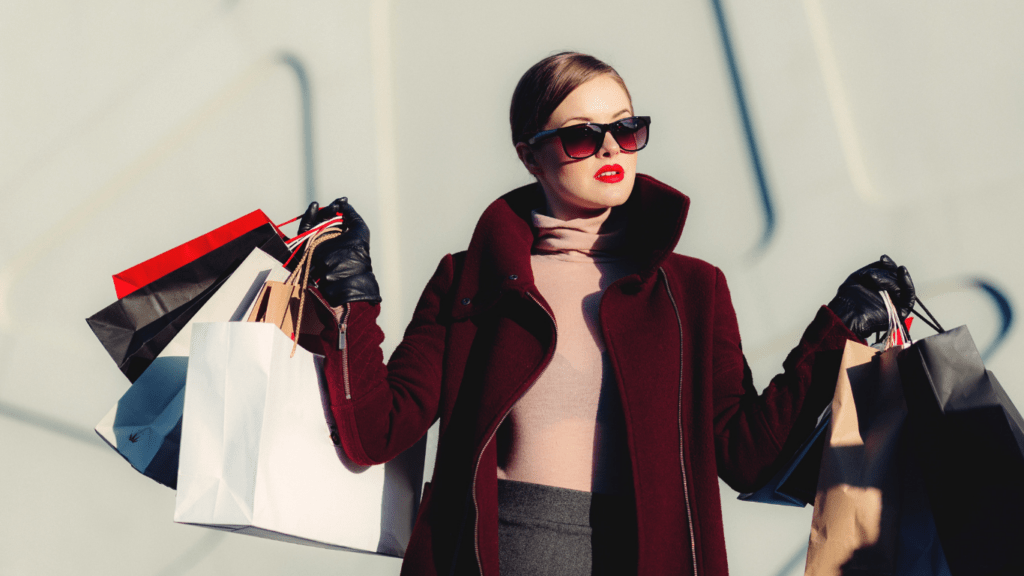Overview Of The Male Grooming Market
The male grooming market has seen extraordinary growth in recent years. In 2022, it reached a global value of $78.6 billion (Statista). This expansion reflects a significant cultural shift, as more men prioritize self-care. The growth trajectory suggests continued momentum, driven by evolving consumer demand and innovative products.
Several factors contribute to this market upsurge:
- Changing Perceptions: Men now see grooming as essential for personal and professional success.
- Product Diversity: The variety of available products ranges from skincare and haircare to fragrances and shaving tools.
- Marketing Strategies: Brands use targeted campaigns to appeal directly to male consumers.
This dynamic growth influences consumer choices globally. In North America, the focus is on premium grooming solutions. In contrast, the Asia-Pacific region highlights skincare, driven by the K-beauty trend. These regional preferences shape product offerings and marketing tactics.
Dominant Brands In The Market
The male grooming market features several key players:
- Gillette: Known for shaving products and associated accessories.
- NIVEA MEN: Offers a wide array of skincare solutions.
- L’Oréal Men Expert: Specializes in comprehensive grooming kits.
- Dove Men+Care: Provides body care and personal hygiene products.
These brands continually innovate to meet changing consumer needs. They invest heavily in research and development, ensuring their products align with modern grooming routines.
Key Trends Shaping The Market
The male grooming market’s growth is driven by several key trends that influence consumer behavior and product development. These trends highlight evolving preferences and priorities among male consumers.
Increase In Skincare Products
Men are showing increased interest in skincare products, reflected in the diverse offerings on the market. Brands focus on developing specialized products like anti-aging creams, moisturizers, and sunscreens. For example, L’Oréal Men Expert and Kiehl’s offer comprehensive skincare lines specifically for men. This trend indicates a shift toward preventive care and awareness of skin health among men.
Rise Of Natural And Organic Products
Natural and organic products enjoy growing popularity, mirroring a broader shift towards wellness and eco-consciousness. Brands like Bulldog Skincare and Brickell market their products as free from harmful chemicals and synthetic ingredients. This trend meets the rising consumer demand for transparency and sustainability in grooming products, catering to those who prefer eco-friendly options.
Influence Of Social Media And Celebrity Endorsement
Social media platforms and celebrity endorsements play a significant role in shaping the male grooming market. Celebrities like David Beckham and influencers highlight and recommend products, driving consumer interest. Brands leverage platforms like Instagram and YouTube for marketing campaigns, using influencers to reach a broader audience. This trend underscores the power of social proof and digital marketing in influencing grooming habits and product choices among men.
Leading Brands In The Male Grooming Industry

Several brands dominate the male grooming market, blending innovation and quality to meet rising consumer demands.
Established Giants
- Gillette: Renowned for shaving products, Gillette offers razors, shaving gels, and aftershaves. Their advanced technology, like the Flexball razor, enhances the shaving experience.
- NIVEA MEN: This brand provides a comprehensive range of skincare solutions, including moisturizers, face washes, and deodorants. NIVEA MEN’s products are designed for daily use, emphasizing skin hydration and protection.
- L’Oréal Men Expert: L’Oréal focuses on skincare and haircare, offering anti-aging creams, moisturizers, and hair coloring products. Their Hydra Energetic line targets signs of fatigue, appealing to men seeking a refreshed look.
- Dove Men+Care: Known for its gentle formulations, Dove Men+Care offers body washes, shampoo, and deodorants. Their products are designed to be tough on sweat but gentle on skin, ensuring comprehensive care.
- Bulldog Skincare: Prominent for natural ingredients, Bulldog offers moisturizers, face washes, and shaving products. They emphasize transparency, eco-friendliness, and affordability.
- Hawkins & Brimble: This UK-based brand delivers vintage barbering with modern needs, including shaving creams, beard oils, and pomades. Their eco-friendly approach resonates with conscious consumers.
- Beardbrand: Specializing in beard care, Beardbrand features oils, balms, and grooming accessories. Their focus on high-quality, natural ingredients appeals to the bearded demographic.
- Hims: A relatively new entrant, Hims targets wellness and grooming, offering hair loss treatments, skincare, and personal care products. Their direct-to-consumer model ensures cost-effective accessibility to premium care.
These established giants and emerging brands continue to shape the male grooming landscape, meeting diverse needs and preferences.
Understanding Consumer Demand
The growth of the male grooming market hinges significantly on understanding consumer demand, influenced by various demographics and preferences, as well as the importance of packaging and branding.
Demographics And Preferences
Consumer demand varies widely across different demographics. Younger men, particularly those aged 18-34, demonstrate a strong preference for grooming products that offer multifunctional benefits. Examples include 2-in-1 shampoo-conditioners and all-in-one body washes. Middle-aged men tend to focus on anti-aging and skincare solutions, seeking products like eye creams, serums, and moisturizers. Additionally, a growing number of men are becoming conscious of ethical and sustainable practices, driving demand for cruelty-free and eco-friendly items. For instance, products from brands like Bulldog Skincare appeal to these environmentally conscious consumers. Cultural factors also shape preferences; while North American men lean towards premium and performance-oriented products, those in the Asia-Pacific region are more influenced by K-beauty trends, preferring innovative ingredients like snail mucin and hyaluronic acid.
Importance Of Packaging And Branding
Packaging and branding play critical roles in influencing consumer decisions in the male grooming market. Sleek, masculine packaging often attracts male consumers, making products feel more personalized and appealing. For example, brands like L’Oréal Men Expert use bold, dark colors and robust packaging to convey strength and effectiveness. Conversely, eco-friendly packaging options resonate with sustainability-minded consumers, with recycled materials and minimalist designs becoming increasingly popular. Branding is equally vital; recognizable and trustworthy brands tend to build stronger consumer loyalty. Marketing strategies, including celebrity endorsements and social media campaigns, elevate brand visibility and credibility. Platforms like Instagram showcase product uses and benefits, making compelling cases for why consumers should choose particular brands. Notably, celebrity endorsements, such as David Beckham for L’Oréal, have significant impacts on purchasing decisions, aligning the brand’s image with aspirational figures.
Challenges And Opportunities
The male grooming market faces several challenges. First, price sensitivity among consumers can limit product adoption, especially for premium brands. To overcome this, brands could implement tiered pricing and promotions. Second, the market’s saturation with numerous brands and products can overwhelm consumers. Differentiation is key here; brands should focus on unique selling propositions like natural ingredients or multifunctional products. Lastly, changing consumer preferences driven by trends can create volatility, as products may rapidly fall out of favor.
Despite these challenges, numerous opportunities exist. The rising demand for natural and organic products offers growth potential. Brands that invest in sustainability and transparency can capture environmentally conscious consumers. Additionally, the expansion into emerging markets with rising disposable incomes presents new avenues for sales. For instance, targeting regions in Asia and Latin America could yield significant returns. Finally, leveraging technology, such as personalized skincare solutions and virtual try-ons, can enhance customer experience and drive loyalty. These strategies help companies adapt to market challenges and seize growth opportunities.





